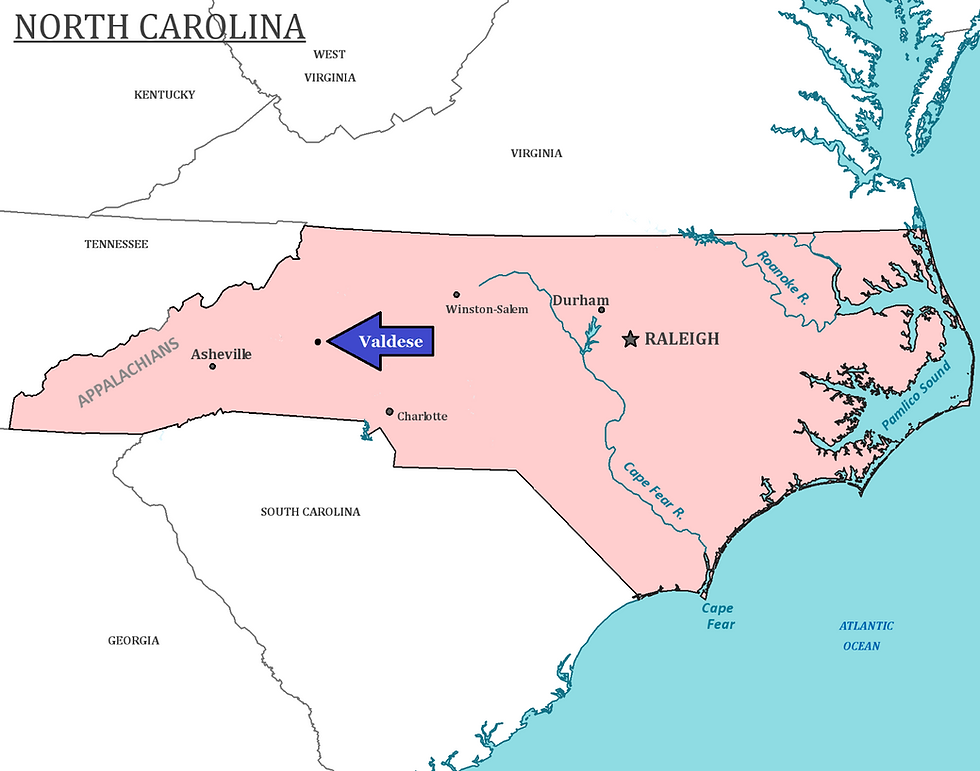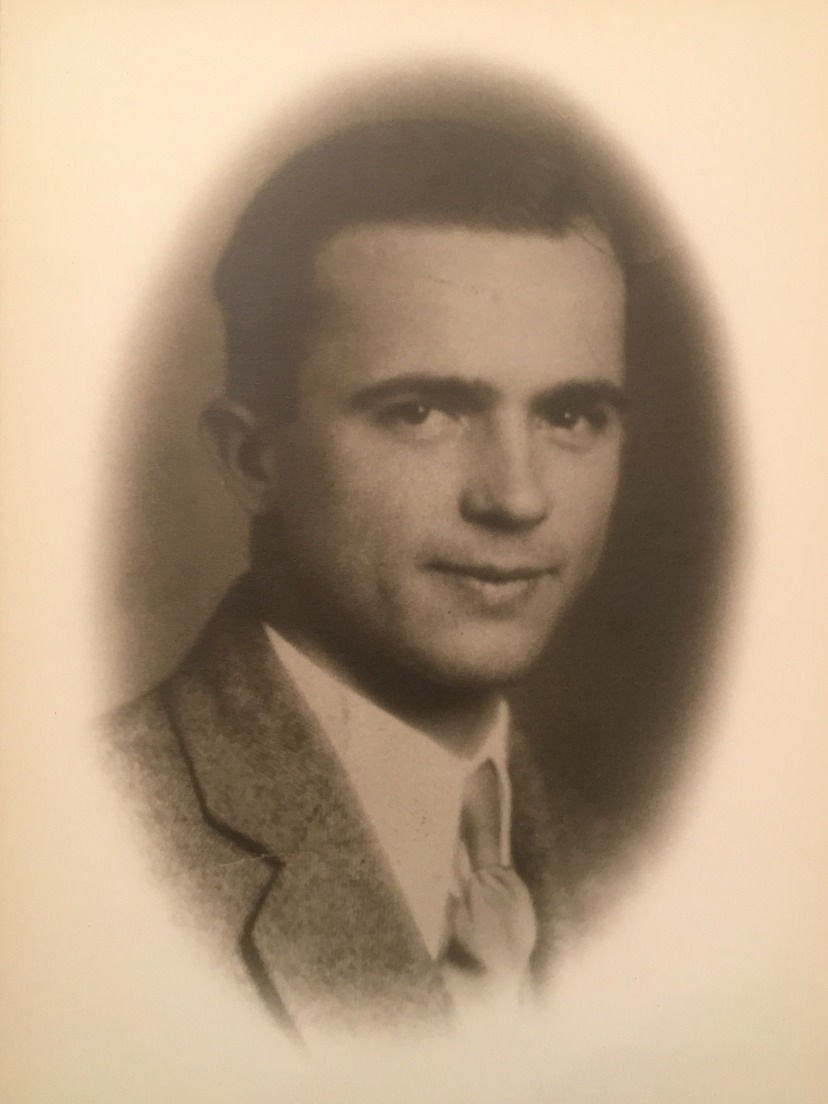Waldensian Stonemasons
- Stone by Stone

- Jun 19, 2018
- 3 min read
Updated: Jun 25, 2018
Gretchen Wright
The town of Valdese sits in the foothills of North Carolina, some 160 miles from Duke's campus. The outside temperature drops as the road, curvier every minute, lifts my car into the mountains, leaving behind Durham's blazing summer weather for cobwebby fog and dense forests. Separated by differences in weather, altitude, population, topography, demographics, and a dozen other, unmeasurable qualities, it seems impossible that anything more than residing within the state of North Carolina would link Durham and Valdese. And yet, ninety years ago, men from this mountain town came to Duke to build the campus that I've called home for two years.

An unassuming community of just under 5,000 people, Valdese has a surprisingly rich and tragic history. In 1893, the town was founded by French-speaking immigrants from the Cottian Alps of Italy who were seeking a fresh start in a new part of the world. Their home people, called the Waldensians, had been violently persecuted since the twelfth century for worshipping and believing differently than the Catholic Church permitted. They had to worship in secret, meeting in caves and hidden places in the mountains. One time, soldiers supposedly discovered one of their underground services and set the cave on fire to burn them out; when the worshippers emerged, the soldiers killed them, one by one. Even though they were given religious freedom in 1848, it is no surprise that after centuries of this violence some of the Waldensians were eager to start completely afresh in a new place. At first the settlers struggled with farming in the rocky North Carolina soil—relying on each other for survival—but later the town found more success in manufacturing. Others used skills they had learned in Italy to pursue construction jobs outside of Valdese: The Duke Chapel was one of these projects.¹
Thanks to the research efforts of several Valdese historians, the Waldensian Heritage Museum knows of almost two dozen Waldensian stonemasons who followed construction jobs throughout North Carolina, Virginia, and even further afield.² Countless churches, schools, and private homes that are still standing today were built by their skillful hands; one of these craftsmen, Mr. Albert Pons, reportedly built the archway to Arlington National Cemetery in Virginia all on his own.³ Although there is proof for only a few of these names that they were indeed in Durham during Duke's construction, at the time this project was undoubtedly the largest of its kind in North Carolina and surely most, if not all, of these stonemasons came to Durham to work. During the Great Depression, jobs of any kind would have been scarce and Duke's new campus would have offered these craftsmen their best opportunity to find work in their area of expertise. And so, they came.
Gretchen Costner, the director of the Waldensian Heritage Museum, graciously gave me a tour of their exhibits and shared with me all the records she had about the stonemasons. The museum proudly displays a collection of the handmade hammers and chisels that had been used to build the first church and school in Valdese. Fanning out in an orderly array on the wall, it seems incredible to me that such simple tools built such beautiful and imposing structures. And the men who held them—unable to communicate well with their fellow craftsmen who likely didn't speak French, far from their still-new home in North Carolina and even farther from their old home in Italy—what did they think about the task before them? What was it like to labor alone, so far from home and family?
Beyond everything else about these remarkable people, what stood out to me was their strong, strong sense of heritage and pride. The community is commemorating its 125th anniversary this year, and the flyers for the event promise a full summer honoring the occasion: speakers from around the world, dramatic reenactments of their town's history, picnics, parades, concerts, bocce tournaments; all done in memory and celebration of their ancestors who did so much to make the town what it is today. Knowing that the Waldensian stonemasons belonged to a community and heritage as strong as this, perhaps these craftsmen, laboring miles away on the stone walls of a new college campus, didn't feel so far from home after all.

2. "Waldensian Stone Masons," prepared by John Bleynat, Waldensian Heritage Museum, Valdese, NC.
3. Maxine McCall and Kays Gary, What Mean These Stones? A Centennial Celebration of Valdese, North Carolina (Valdese, NC: Valdese Historical Society, 1993), 103.



Comments